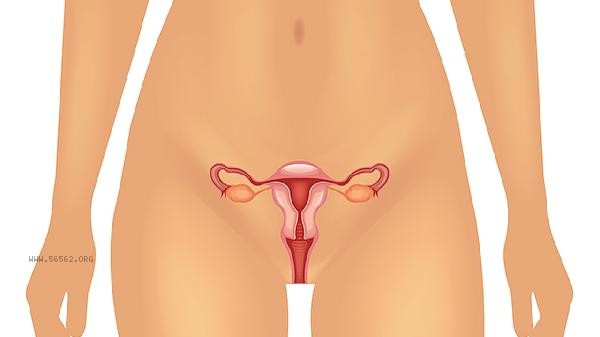Cervical length of 37mm is within the normal range and usually does not require special intervention. Cervical length is mainly measured by ultrasound, with a normal value between 25-40mm. It is mainly related to pregnancy status, cervical function, inflammatory factors, congenital development, and measurement errors.

1. Pregnancy status:
The cervical length of non pregnant women remains stable at 30-40mm. In the middle and late stages of pregnancy, the cervix gradually shortens, and 37mm indicates good cervical function and a lower risk of premature birth. But those with twin pregnancies or a history of premature birth need to be monitored dynamically.
2. Cervical function:
Cervical length reflects the support of cervical muscles and connective tissue. 37mm indicates that the cervical structure is intact, the cervical opening is well closed, and it can effectively support the weight of the fetus. If accompanied by cervical incompetence, painless dilation may occur.
3. Inflammatory factors:

Chronic cervicitis may lead to tissue edema and thickening, resulting in larger measurement values. It is necessary to exclude infection based on routine vaginal discharge tests. Common pathogens include mycoplasma, chlamydia, etc. Symptoms such as contact bleeding may occur during acute inflammation.
4. Congenital development:
There are individual differences in cervical length, with some women having a longer cervix at birth. If 37mm remains stable without clinical symptoms, it is mostly a physiological variation. Congenital cervical dysplasia is often accompanied by changes in uterine morphology.
5. Measurement error:
Transvaginal ultrasound measurement is the most accurate, while abdominal ultrasound may have a 2-3mm deviation due to bladder filling. Different physician techniques can also affect the results, it is recommended to have a re examination and comparison at the same institution. Maintaining moderate exercise, such as yoga during pregnancy, can enhance pelvic floor muscle strength and avoid prolonged standing or lifting heavy objects. Pay attention to supplementing vitamin C and protein in diet to promote collagen synthesis. During regular prenatal check ups, if there are changes in cervical length, it is necessary to seek medical attention promptly if there are uterine contractions or vaginal discharge. Avoid actions that increase abdominal pressure in daily life, and raise the hips appropriately during sleep to reduce cervical pressure.









Comments (0)
Leave a Comment
No comments yet
Be the first to share your thoughts!